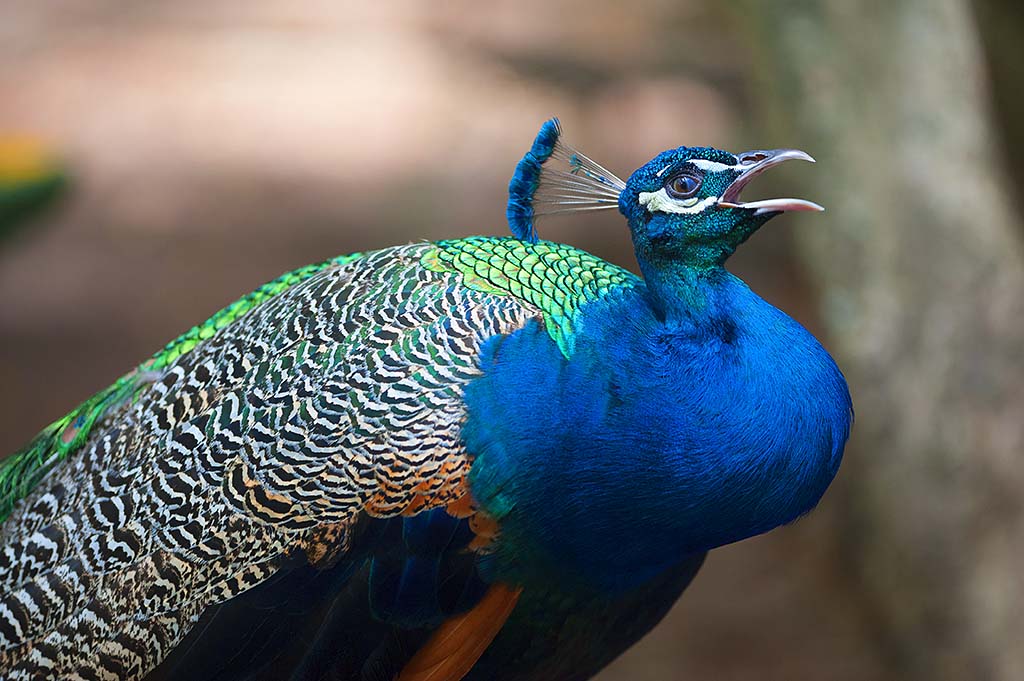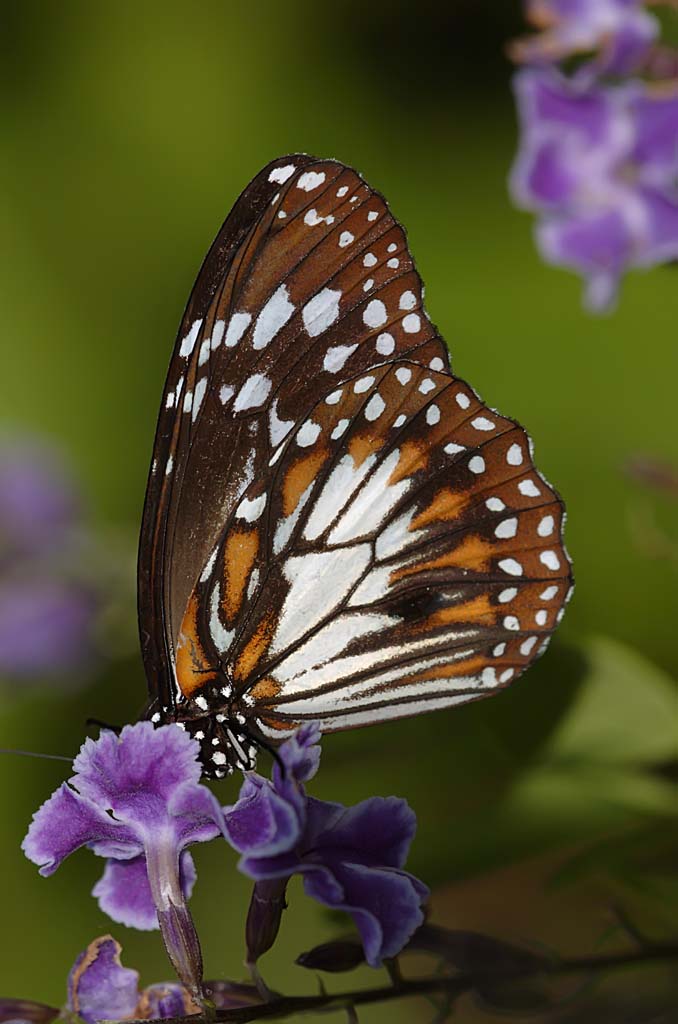For anyone that follows my Blog, it should be very evident that I really love photographing birds. One of the main secrets to good bird photography is generally long lens technique, but in the case of these peacocks, long lens technique was not quite so important as the peacocks were very quiet and I was… Continue reading Peacock Calling For a Mate and Performing a Dance
Category: Nature Photography Is Beautiful
The Nikkor, Nikon, Super Telephoto Lenses for Bird Photography
There is nothing like capturing an excellent image of a beautiful bird. The above pelican has been captured with a Nikon 300mm f/4 telephoto lens. This lens is the smallest of the Nikon super telephoto lenses that has the capability of excellent bird photography. It should be kept in mind when using long lenses, that… Continue reading The Nikkor, Nikon, Super Telephoto Lenses for Bird Photography
Insect Photography
Insects can be quite difficult to photograph due to their size and some special camera equipment may be required to enable close focussing.
Whale Photography
Whale watching will require a long lens of the order of up to 300mm for success. If taken from a boat, generally the boat will roll and make it dificult to frame the image. A lens with vibration reduction or image stabilisation would be very useful for this type of photography. A lens with a large aperture will help to keep the shutter speed up to avoid camera movement.
Under Water and Aquarium Photography
When photographing in aquariums the biggest danger is reflections from the glass sides of the aquarium. It is best to be at an angle to the side of the aquarium, less than 90 degrees, so that you do not get a reflection of yourself directly back from the glass. Also check for reflections of other people as they move around. If using flash for illumination ensure that the flash does not reflect back directly into the lens, hold it at an angle of around 40 degrees.
Nature Photography
Nature photography is defined as the displaying of natural elements in an outdoor environment.
Sometimes the objects of nature will exist in very difficult to photograph places with very difficult lighting. Electronic flash units with a diffuser attached can be of great assistance in providing fill in lighting to nature subjects in these circumstances. Nature photography can be a very challenging field to produce excellent results.
Animal Photography
With domestic animals or animals in the zoo, the photographer generally has the confidence of the animal and a lens in the range of 50-200 mm may be sufficient.
When animals are in cages a very large aperture should be tried to give a very low depth of field, as this may help to give a blurred background to reduce any interference such as cages or other intrusive objects.
Macro Photography
Macro photography is taking close up pictures of small objects. Generally the best camera for Macro photography is the Single Lens Reflex (SLR), as the view through the viewfinder is the same as that which appears on the cameras sensor.
Here we will also consider some of the method to get close up and some of the formulae used in close up photography, when using dioptre lenses, extension tubes and bellows units.


